What Science Looks Like: 10 Scientific Pictures, From SpaceX To Chernobyl
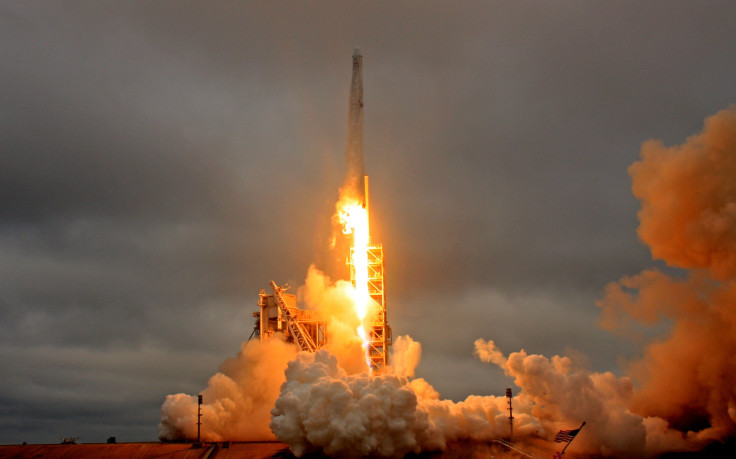

This question originally appeared on Quora. Answer by Rohan Kumar.
1. Rupert’s Drop
This is indestructible glass piece. Popularly known as Rupert’s drop named after the Prince Rupert of the Rhine who brought them to England in 1660. It's almost unbreakable and can survive a bullet.
To destroy it you have to just break its tail from the end and it will explode into fine glass dust. Like this:
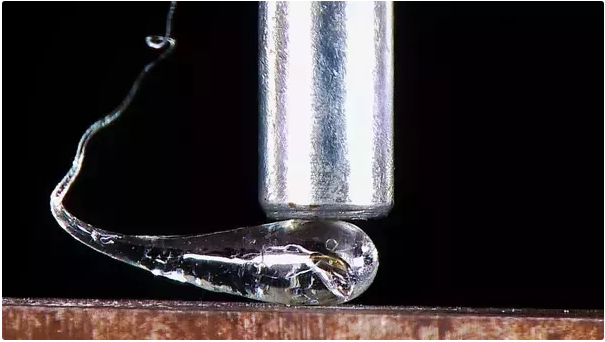
This drop led to the invention of shatterproof glasses that we see today.
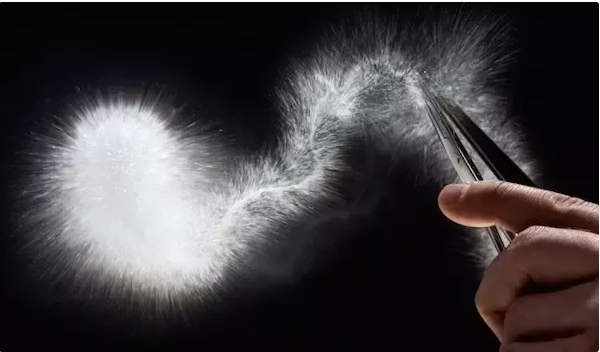
2. A giant bar-magnet on an array of compasses
You can clearly see the magnetic field lines running from north to south pole.
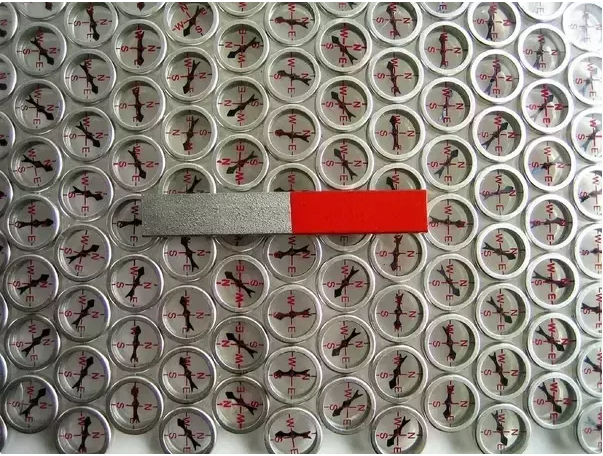
3. Optical 5X Dual Zoom(Developed by Oppo)
Its optical zoom not digital zoom. Digital zoom is crappy. Using the concept of periscopes this technology will make your camera zoom far better. And it will remove the camera bump we often see in smartphones. Unveiled this at the Mobile World Congress (2017).
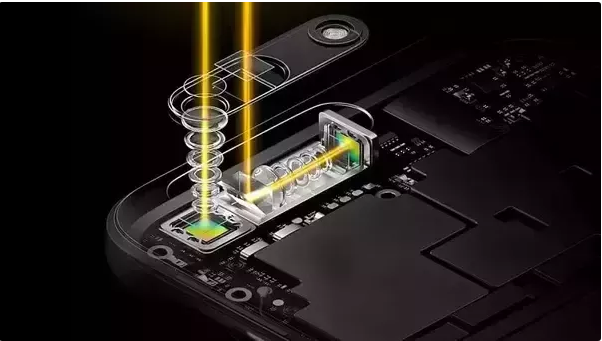
4. SpaceX Falcon 9 Landing
Why waste fuel boosters in the ocean. SpaceX has the technology using which it can land its first stage boosters back on earth on pod ships. This has drastically reduced space mission costs.
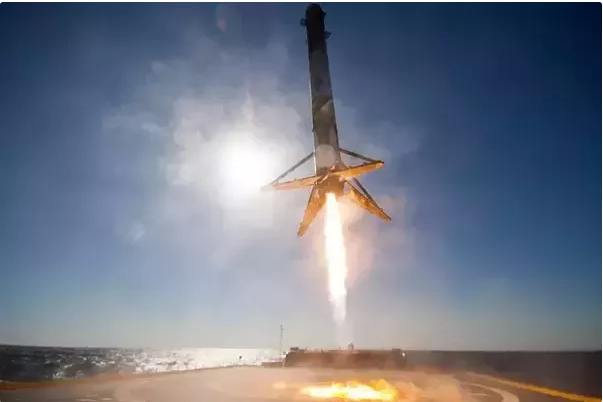
5. Empty Giant Boeing 787 Airplane.
Clearly inspired by Star Trek!

6. Elephant’s foot Chernobyl, Ukraine
Can you see the big blob on floor? Yes, this is the Elephant’s foot!
The so called Elephant’s Foot is a solid mass made of melted nuclear fuel mixed with lots and lots of concrete, sand, and core sealing material that the fuel had melted through. It is located in a basement area under the original location of the core.
With just 300 seconds of exposure you will have two days to live. Fatal!

7. Blade made from iron from a Meteorite.

8. ZebraFish larvae under microscope.

9. Smoke rings from Mount Etna in Sicily.




















